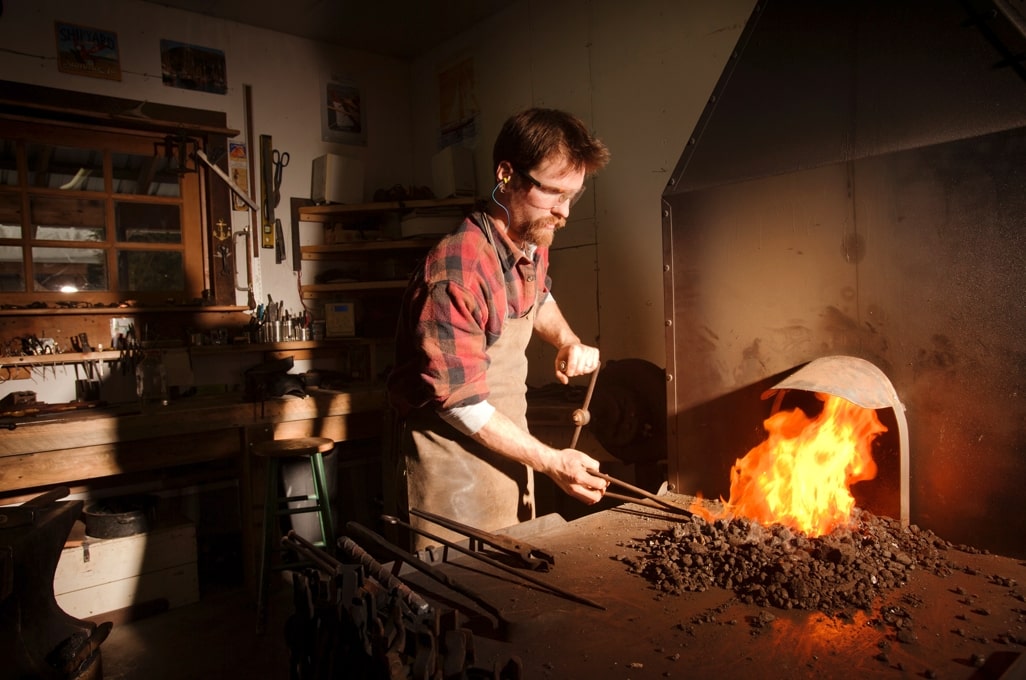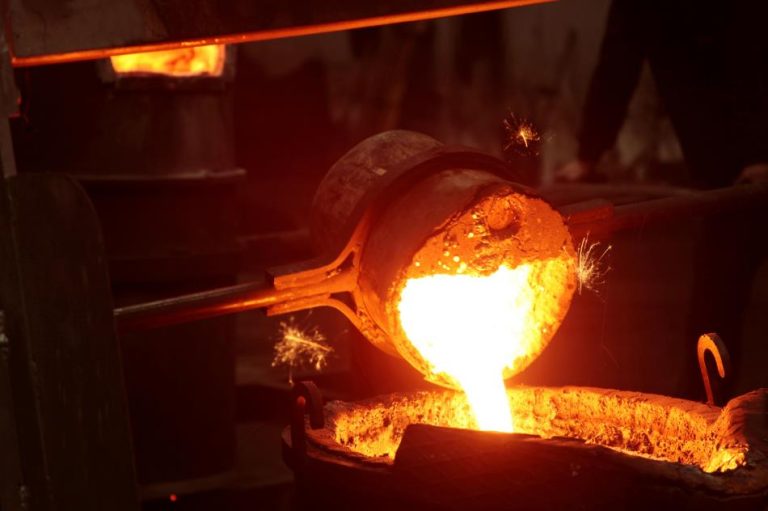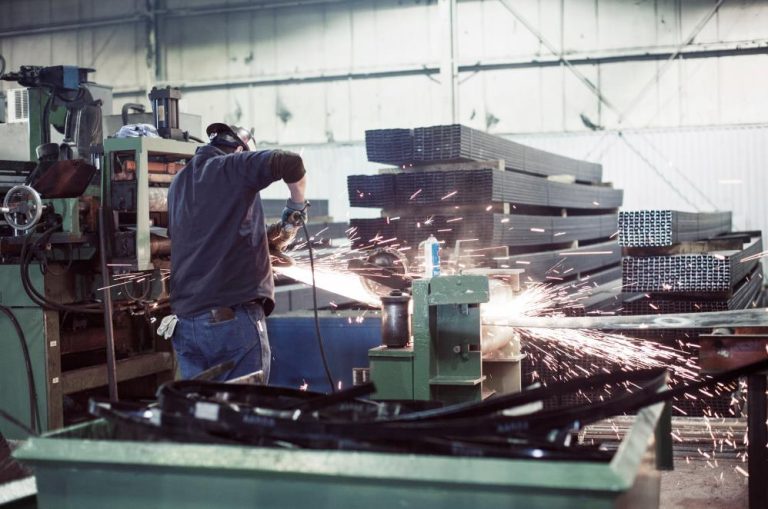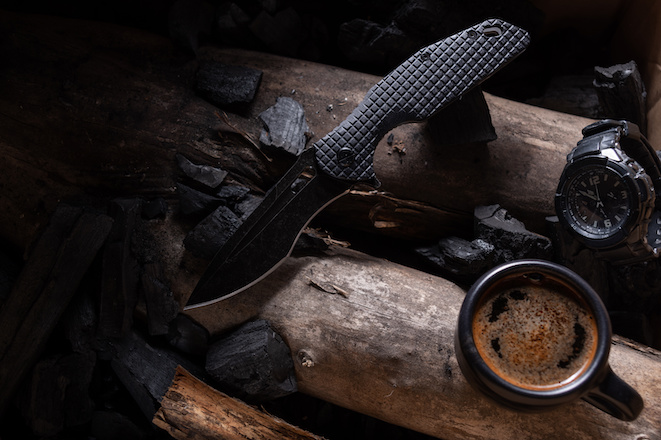Whether you are an outdoor enthusiast, an entrepreneur looking to buy pocket knives or a pocket knife collector, you must understand the importance of a high-quality steel blade. The type of steel used in a knife can make a significant difference in its performance. This article aims to provide you with a comprehensive list of the best pocket knife steels available in the market so that you can make an informed decision for your next buy-in.
Selecting the right steel can greatly enhance your customer’s knife experience and ensure you have a reliable tool for your daily tasks or outdoor adventures. To narrow down your choices, we have compiled a list taking into account factors such as corrosion resistance, edge retention, and ease of sharpening. With this information, you’ll be able to make an informed decision and choose the perfect steel for your pocket knife. Further into the article, we will provide a complete list of the best pocket knife steels. So stick with us to the end!
Understanding knife steel
When it comes to choosing a pocket knife, one of the most important factors to consider is the type of steel used in the blade. Knife steel is an alloy that typically consists of iron and carbon, with the addition of other elements that provide various properties such as hardness, resistance to corrosion, and edge retention.
There are two main categories of knife steels: carbon steel and stainless steel. As you might guess, carbon steel has a higher carbon content than stainless steel. This makes it generally harder, allowing for a sharper edge. However, carbon steel is also more prone to corrosion and requires more maintenance to keep it in top condition.
Stainless steel, on the other hand, contains additional chromium, which provide increased corrosion resistance. This means that stainless steel knives are generally lower maintenance, but they may not hold an edge as well as their carbon steel counterparts.
The specific properties of a knife steel depend on the metallurgy process used to create the alloy. For example, some steels are heat-treated to increase hardness and edge retention, while others are cold worked to improve toughness. The ideal knife steel will strike a balance between these various properties, providing a durable, sharp, and corrosion-resistant blade.
Factors determining the quality of knife steel
When choosing the best pocket knife steel, it’s essential to consider various factors that determine a steel’s performance. The following paragraphs outline these aspects, helping you make an informed decision.
Hardness
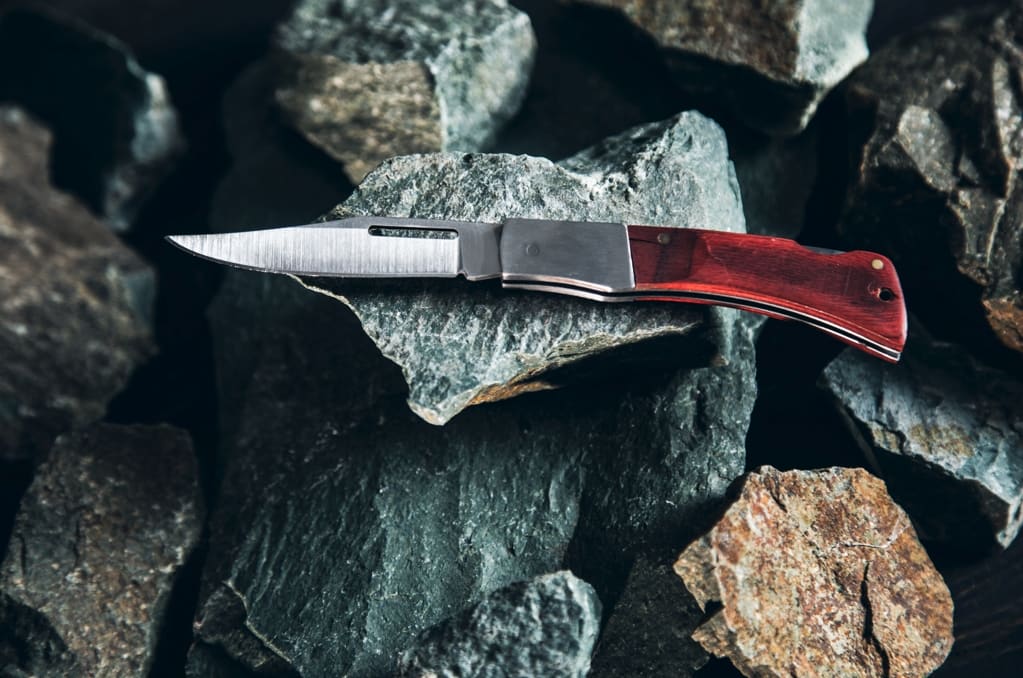
Hardness refers to a steel’s ability to resist deformation or indentation. A higher hardness generally equates to better edge retention but may reduce toughness. For a pocket knife, you should seek a balance between hardness and other factors like toughness or corrosion resistance, depending on your usage.
Toughness
Toughness is the steel’s resistance to chipping or breaking upon impact. A tougher steel can withstand greater force without fracturing but may be less wear resistant. In practical terms, tougher steels are less likely to chip during heavy use, making them a good choice for outdoor or survival knives.
Wear resistance
Wear resistance is the steel’s ability to resist both abrasive and adhesive wear. Abrasive wear occurs when a hard, rough surface comes into contact with the steel, while adhesive wear happens when steel-to-steel contact causes material to shear away. A higher wear resistance will result in a longer-lasting edge, which is vital for everyday use pocket knives.
Corrosion resistance
Corrosion resistance refers to the steel’s ability to resist rust and discoloration due to exposure to moisture and other environmental factors. Stainless steels are generally more resistant to corrosion than carbon steels, but they may sacrifice other characteristics like edge retention or toughness. It is essential for pocket knives, which may come into contact with moisture during daily tasks or outdoor activities.
Edge retention
Edge retention is a crucial aspect, as it defines a steel’s ability to maintain a sharp edge during prolonged usage. Steels with high hardness and wear resistance tend to have better edge retention capabilities.
When choosing knife steel for your upcoming line of pocket knives, it’s crucial to keep these factors in consideration as they will significantly impact every aspect of your sales. Customers are likely to prefer steel that is sufficiently hard and maintains its hardness, while various types of durability are of concern to the after-sales department.
Low-end knife steels
420
420 steel is a popular, low-end stainless steel often used for budget-friendly pocket knives. This steel type is known for its decent corrosion resistance and ability to be sharpened easily. However, its low carbon content (less than 0.5%) results in poor edge retention and overall durability compared to higher-end steels. If you’re on a tight budget and need a simple pocket knife for everyday tasks, 420 steel might be suitable for your needs.
Learn more about 420 steel:
420j2
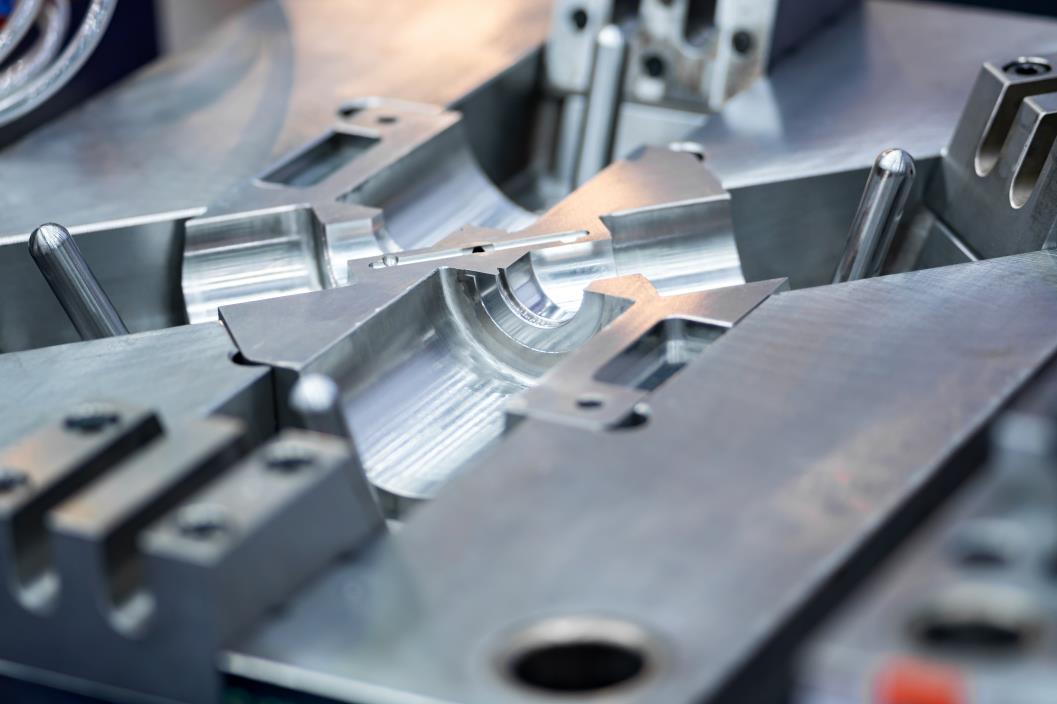
420j2 steel is another variant of 400 series stainless steels. This low-end steel shares similar characteristics with 420 steel, such as corrosion resistance and ease of sharpening. 420j2 steel typically has better toughness and lower edge retention than 420 steel. This steel is a common choice for inexpensive pocket knives that prioritize affordability over performance. If you’re looking for a budget-friendly knife that can handle light work, a 420j2 steel pocket knife might suit you.
Learn more about 420j2 steel:
X50CrMoV15
X50CrMoV15 steel is a German stainless steel with a typical medium-range carbon content (0.55%). It is often found in kitchen knives and entry-level pocket knives. This steel provides decent edge retention, corrosion resistance, and ease of sharpening but may struggle to hold an edge under heavy use. If you want an affordable knife with slightly better performance than 420 or 420j2 steel, consider X50CrMoV15 steel for your pocket knife.
Learn more about X50CrMoV15:
1055
1055 steel is a low-end carbon steel often used in machetes, sword, axes, and budget pocket knives. With a carbon content of around 0.55%, this steel strikes a balance between toughness and hardness. Although it lacks the corrosion resistance of stainless steels, it offers decent edge retention and is easy to sharpen. Be aware, however, that 1055 steel is prone to rust without proper maintenance. If you prioritize affordability and toughness in a pocket knife, 1055 steel may be a suitable option.
Learn more about 1055 steel:
3Cr13
3Cr13 steel is a Chinese stainless steel with low carbon (0.3%) and chromium (13%) content. This steel is often found in lower-end pocket knives and multi-tools. It offers reasonable corrosion resistance, ease of sharpening, but has subpar edge retention due to its low carbon content. If you need an affordable pocket knife for light use and don’t mind sharpening more often, a 3Cr13 steel pocket knife might meet your requirements.
Learn more about 3Cr13 steel:
Mid-range knife steels
8Cr13MoV
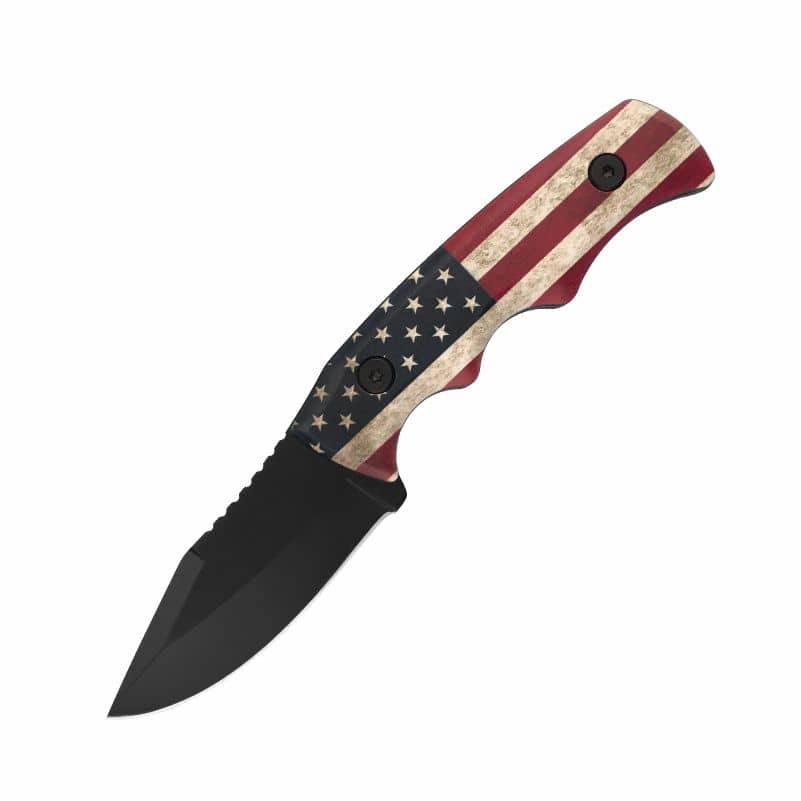
8Cr13MoV steel is a popular Chinese stainless steel often used in budget and mid-range knives. It has a good balance of hardness, toughness, and edge retention. However, its corrosion resistance is not as high as some other stainless steels. Overall, it’s an affordable option for your pocket knife, but there may be better alternatives in this list.
Learn more about 8Cr13MoV steel:
AUS-8
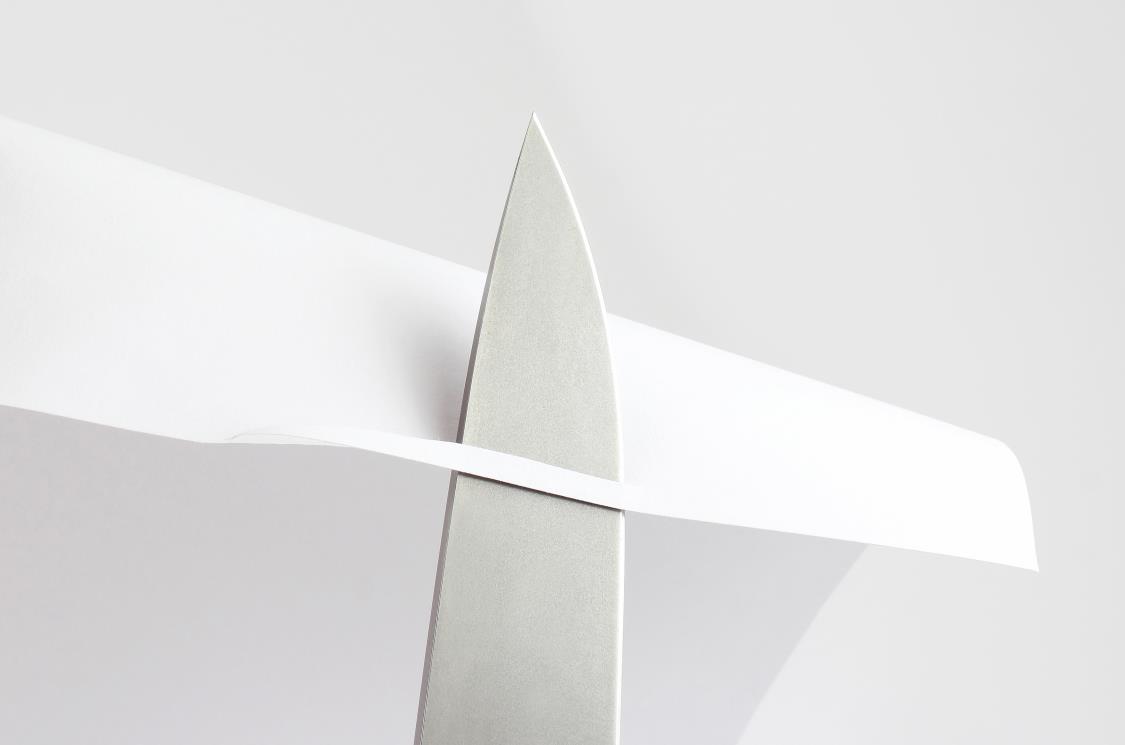
AUS-8 steel, a Japanese stainless steel, is known for its decent edge retention, toughness, and corrosion resistance. It’s easy to sharpen and widely used in mid-range knives. Although solid, it doesn’t quite reach the performance of some higher-end steels.
Learn more about AUS-8 steel:
1095
1095 steel is a high carbon steel frequently used in both budget and mid-range knives. Known for its excellent toughness and easy sharpening, it can be prone to rust if not properly maintained. This means it may require a little more attention and care than other steels in this list.
Learn more about 1095 steel:
W2
W2 steel is a high carbon tool steel offering good toughness and edge retention. It’s often chosen for its ability to form a very sharp edge and perform well for fine tasks. However, being a carbon steel, it has less corrosion resistance than stainless steel options. Proper maintenance is essential to avoid rusting.
Learn more about W2 steel:
440C
440C steel is a respectable stainless steel option commonly used in mid-range knives. It boasts decent edge retention, corrosion resistance, and toughness. It’s relatively easy to sharpen, making it a good choice for an everyday carry pocket knife.
Learn more about 440C steel:
14C28N
14C28N steel, a Swedish stainless steel, is designed specifically for knives. With its fine balance of corrosion resistance, toughness, and edge retention, it’s a reliable choice for a mid-range pocket knife. It’s also relatively easy to sharpen when needed.
Learn more about 14C28N steel:
154CM
154CM steel is an American stainless steel, similar in composition to 420HC. It features good edge retention, toughness, and decent corrosion resistance. Despite being a mid-range steel, it finds use in some higher-end knives due to its overall performance.
Learn more about 154CM steel:
VG10
VG10 steel, another Japanese stainless steel, is a step up from AUS-8. It has excellent edge retention, good toughness, and impressive corrosion resistance. While it’s still considered a mid-range steel, its performance can rival those in the upper range, making it a popular choice for pocket knife enthusiasts.
Learn more about VG10 steel:
10Cr15CoMoV
10Cr15CoMoV steel, also known as Chinese VG10, is a stainless steel similar in composition and performance to VG10. It features great edge retention, toughness, and corrosion resistance. This steel provides a more affordable alternative to its Japanese counterpart, making it an attractive option for those seeking value for money.
Learn more about 10Cr15CoMoV:
ATS-34
ATS-34 steel, a Japanese stainless steel, is often compared to 154CM due to their similarities in composition and performance. It offers good edge retention, toughness, and corrosion resistance, making it a suitable choice for mid-range pocket knives. However, it is slightly harder to sharpen than 154CM.
Learn more about ATS-34 steel:
High-end Knife Steels
SG2
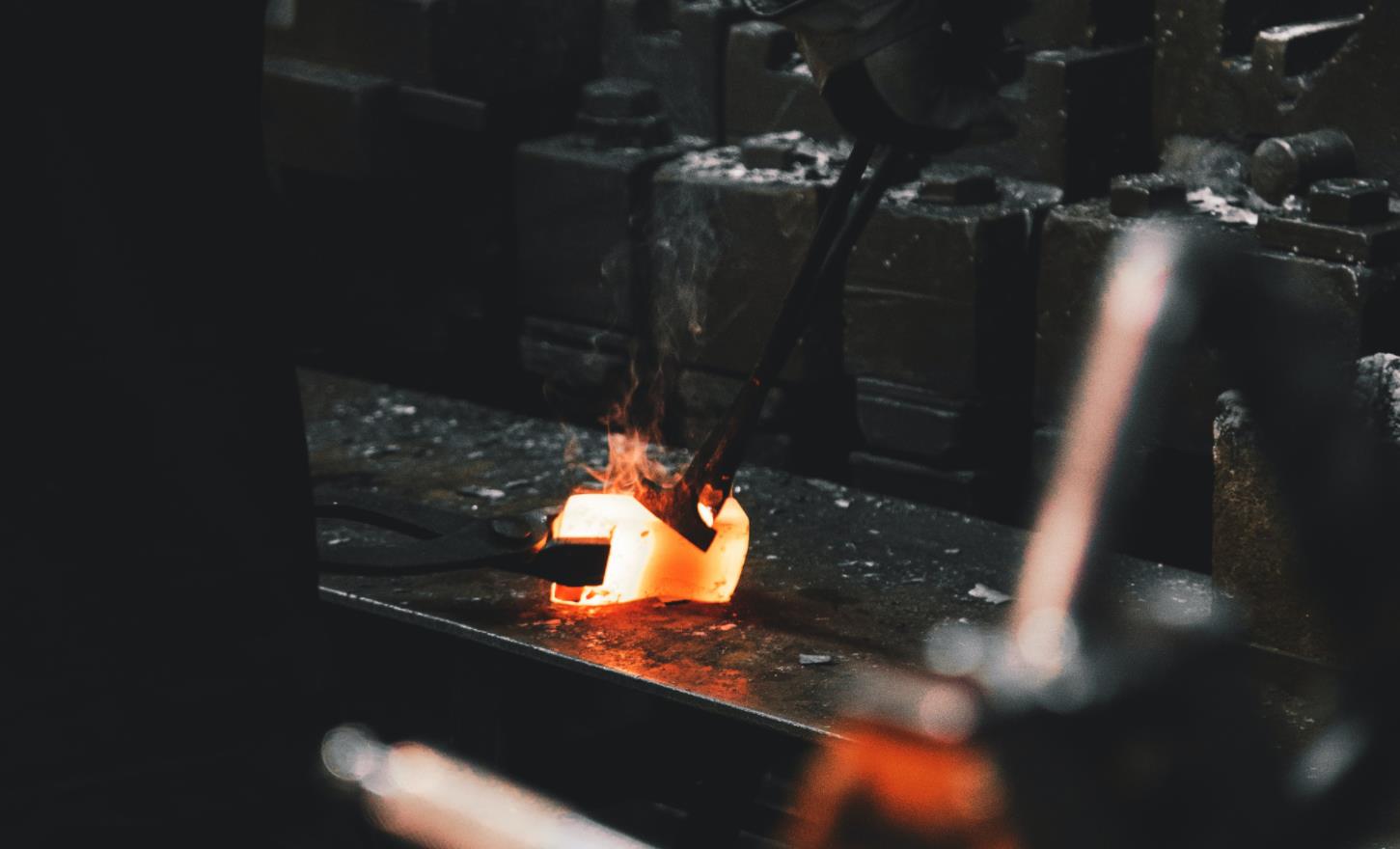
SG2 steel, also known as Super Gold Powder Steel, is a high-quality stainless steel. It is known for its excellent edge retention and durability, making it a popular choice for high-quality pocket knives. With high corrosion resistance and ease of sharpening, SG2 steel is a great option for frequent use in various tasks. However, it can be more expensive than other steels due to its production process and premium quality.
Learn more about SG2 steel:
S35VN
S35VN steel is an upgraded version of the popular S30V steel. It was developed by Crucible Industries and is designed for easier sharpening and better toughness than its predecessor. S35VN has a balanced combination of edge retention, corrosion resistance, and toughness, making it a commonly used steel in high-end pocket knives. Its performance comes with a higher price tag, but the benefits it offers for everyday carry are worth the cost.
Learn more about S35VN steel:
S30V
S30V steel, also from Crucible Industries, is a well-regarded stainless steel for pocket knives. It has a good balance of edge retention, toughness, and corrosion resistance. S30V is easy to maintain, and its popularity stems from its reliability and consistent performance in most tasks. Although the S35VN steel may have improved aspects, S30V steel remains a solid choice for many high-quality knives.
Learn more about S30V steel:
CPM-154
CPM-154 steel is a modified version of the classic 154CM steel. Produced by Crucible Industries using their trademarked CPM process, CPM-154 features a more uniform distribution of carbides. This results in a steel with high wear resistance, corrosion resistance, and a balance of toughness and edge retention. CPM-154 is an excellent choice for high-quality pocket knives but can be more expensive due to its unique production process.
M390
M390 steel, from Bohler-Uddeholm, is one of the most sought-after steels for high-end pocket knives. Known for its exceptional edge retention and corrosion resistance, M390 performs well in various tasks. However, its hardness might make it more challenging to sharpen. Despite this, its combination of performance characteristics makes M390 a highly desirable steel for any high-quality knife enthusiast.
Learn more about M390 steel:
MagnaCut
MagnaCut steel is a recently developed steel by Crucible Industries, designed for an optimal blend of wear resistance, toughness, and corrosion resistance. This steel has shown exceptional performance in diverse environments, making it ideal for high-end pocket knives. With easy sharpening and a balance of properties, MagnaCut steel offers users a reliable steel for a wide range of applications.
Learn more about MagnaCut steel:
What Is MagnaCut Steel: The Newest Super Steel from Crucible
ZDP-189
ZDP-189 steel is a high-performance stainless steel developed by Hitachi Metals. Known for its extreme hardness and exceptional edge retention, ZDP-189 provides excellent cutting performance. However, its hardness makes sharpening more challenging, and it is not as tough as other steels in this category. Despite this, ZDP-189 remains a popular choice for high-end pocket knives due to its impressive cutting ability.
Learn more about ZDP-189 steel:
Elmax
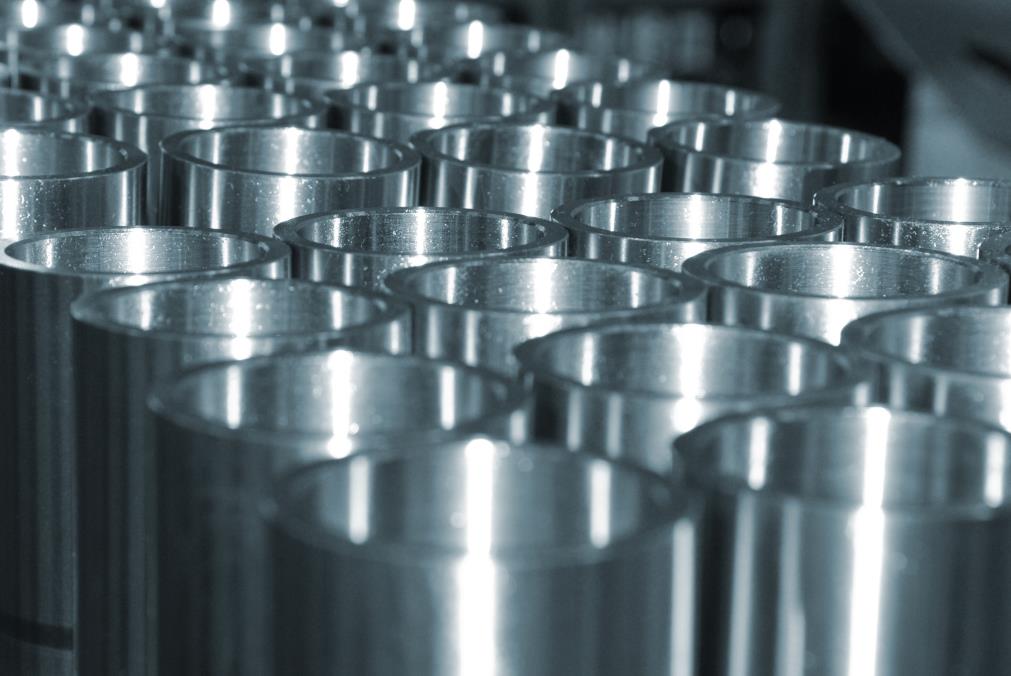
Elmax steel, also from Bohler-Uddeholm, is a popular choice for high-end pocket knives due to its outstanding edge retention, corrosion resistance, and toughness. This stainless steel is easy to sharpen and maintains its sharpness over extended periods of use. With a well-rounded blend of desirable qualities for knife steel, Elmax is a reliable option for high-quality pocket knives.
Learn more about Elmax:
Cru-Wear
Cru-Wear steel, developed by Crucible Industries, is a high-performance tool steel that offers improved wear resistance and toughness compared to other tool steels. This steel excels in demanding tasks and has moderate corrosion resistance. Cru-Wear is a popular choice for those looking for more toughness in their pocket knives, but it is important to note that it might require more upkeep than other high-end stainless steels to maintain its performance.
Learn more about Cru-Wear:
Knife steel ratings and comparisons
| Steel Type | Category | Hardness (HRC) | Toughness | Corrosion Resistance | Edge Retention | Ease of Sharpening |
| 420 | Lower End | 50-54 | High | High | Low | Easy |
| 420j2 | Lower End | 50-52 | High | High | Low | Easy |
| X50CrMoV15 | Lower End | 56-58 | High | High | Moderate | Moderate |
| 1055 | Lower End | 60-64 | Low | Low | Moderate | Easy |
| 3Cr13 | Lower End | 52-55 | High | High | Low | Moderate |
| 8Cr13MoV | Mid-Range | 57-59 | Moderate | Moderate | Moderate | Moderate |
| AUS-8 | Mid-Range | 57-59 | Moderate | Moderate | Moderate | Moderate |
| 1095 | Mid-Range | 55-58 | Low | Low | Moderate | Moderate |
| W2 | Mid-Range | 60-62 | Low | Low | High | Difficult |
| 440C | Mid-Range | 58-60 | Moderate | High | High | Moderate |
| 14C28N | Mid-Range | 58-61 | Moderate | High | High | Moderate |
| 154CM | Mid-Range | 58-61 | High | High | High | Moderate |
| VG10 | Mid-Range | 59-61 | Moderate | High | High | Moderate |
| 10Cr15CoMoV | Mid-Range | 58-61 | High | High | High | Moderate |
| ATS-34 | Mid-Range | 59-61 | High | High | High | Moderate |
| SG2 | High-End | 62-64 | High | High | High | Moderate |
| S35VN | High-End | 58-61 | High | High | High | Moderate |
| S30V | High-End | 58-60 | High | High | High | Moderate |
| CPM-154 | High-End | 58-61 | High | High | High | Moderate |
| M390 | High-End | 60-62 | High | High | High | Moderate |
| MagnaCut | High-End | Varies | High | High | High | High |
| ZDP-189 | High-End | 64-66 | High | High | High | Difficult |
| Elmax | High-End | 58-61 | High | High | High | Moderate |
| Cru-Wear | High-End | 60-63 | High | High | High | Moderate |
Please note that the values mentioned in the table are approximate, and actual properties may vary depending on heat treatment and other factors. Steel selection depends on the specific application and preferences, considering factors like hardness, toughness, corrosion resistance, edge retention, ease of sharpening, and cost. High-end steels generally have superior performance but come at a higher price point.
Investing best steel with LeeKnives
Choosing the right steel for pocket knives can be quite a challenging task. It’s hard to determine which steel aligns best with your vision. If you’re thinking about manufacturing pocket knives with a specific set of steel, why not partner with us? We’re here to guide you, assist in selecting the steel, source the materials, and ultimately craft the perfect pocket knives. Additionally, we offer extra services like private labeling, OEM, and more. Contact us today to learn more!
